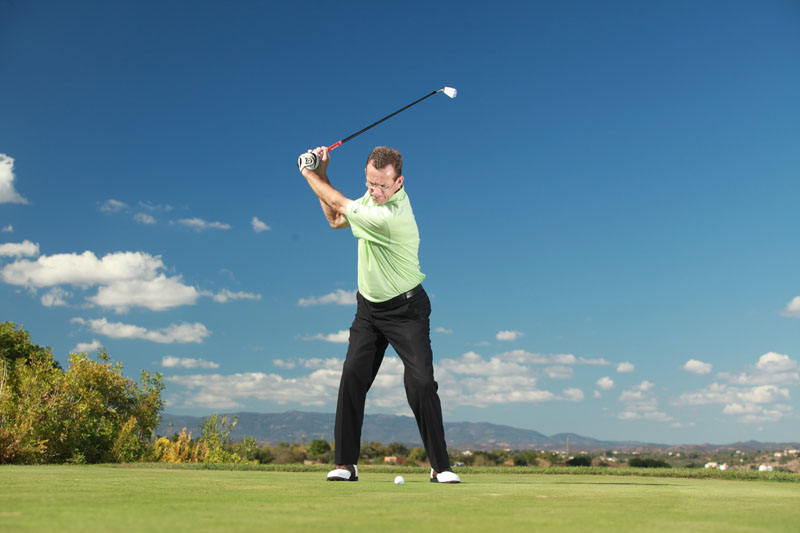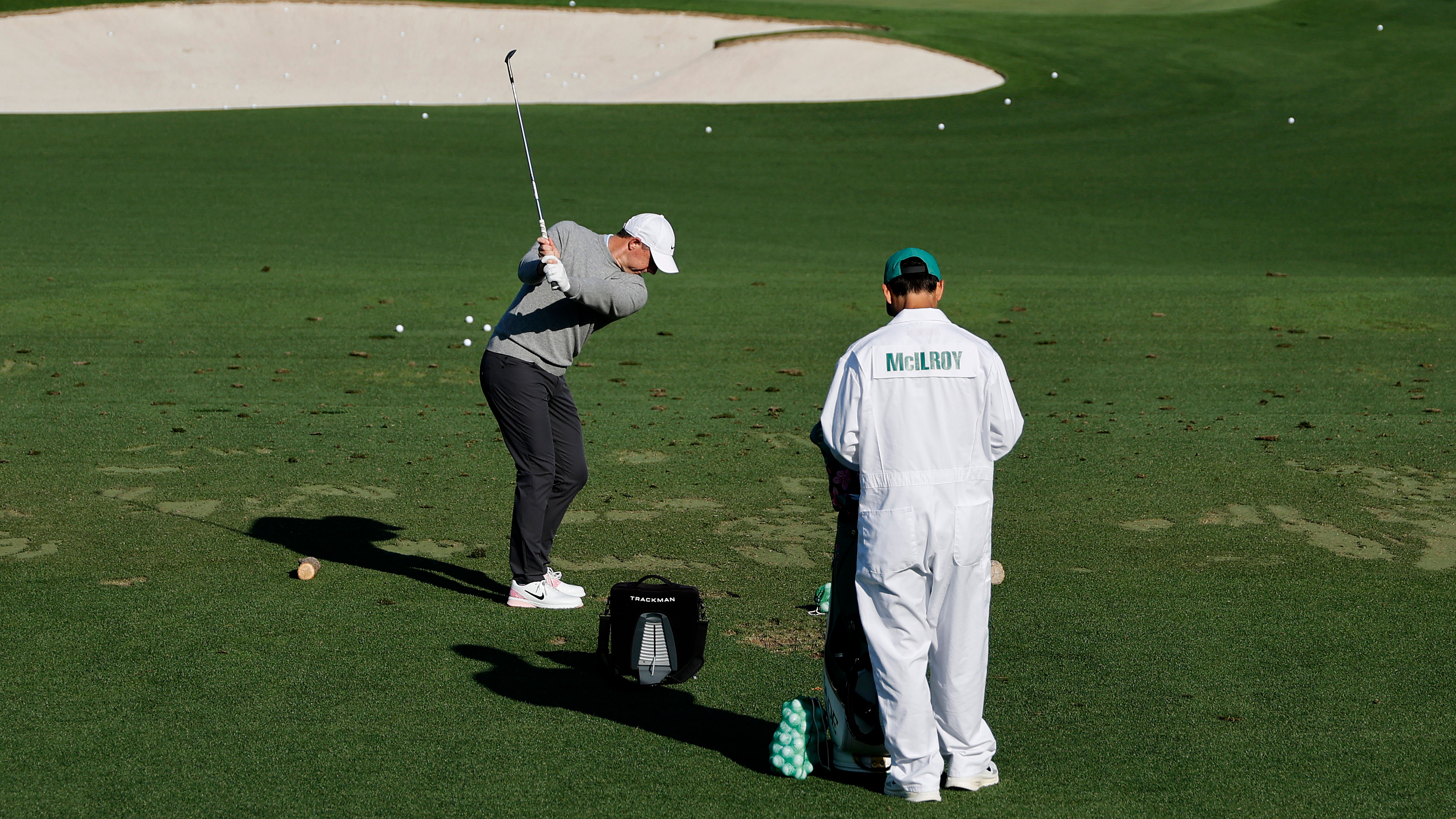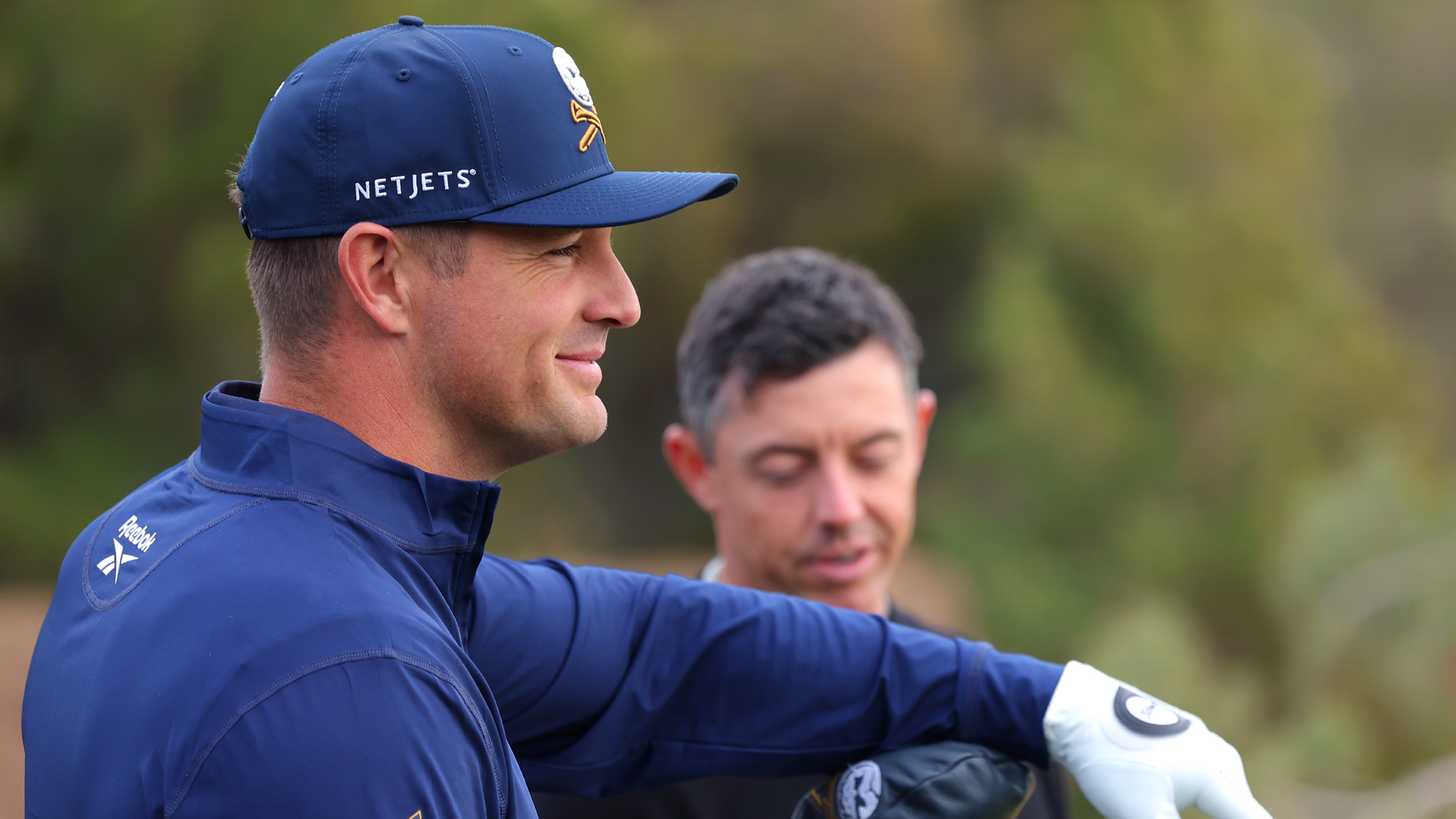Weight movement in the golf swing
Golf Monthly Top 25 coach Paul Foston discusses how initiating correct weight transfer in the golf swing can be the catalyst for improving both power and consistency.


Golf Monthly Top 25 coach Paul Foston discusses weight movement in the golf swing and how this can be the catalyst for improving both power and consistency.
Weight movement in the golf swing
The effective transfer of body weight through the swing is one of the ways that professional golfers produce such impressive power.
Equally, if you fail to understand where your weight should be throughout the swing, it can have detrimental consequences to your power and consistency.
One of the things a lot of amateur golfers tend to do is confuse effective weight shift for a sway or lean, which sets the golfer in completely the wrong position to initiate the downswing.
In order to prevent this from happening – when practising – you should focus on maintaining your spine angle throughout the swing.
You need to stay centred as you wind up the backswing, allowing your weight to transfer to your right side. Your upper body rotates more than your hips, so feel they resist to avoid any swaying. This will aid you to fully load the backswing, ready for a powerful weight transfer back to the ball.
Get the Golf Monthly Newsletter
Subscribe to the Golf Monthly newsletter to stay up to date with all the latest tour news, equipment news, reviews, head-to-heads and buyer’s guides from our team of experienced experts.
Start the downswing
Many of my pupils ask me what part of the body should trigger the downswing. When I throw the question back at them, I receive a range of answers including the hips, the shoulders and the hands.
In fact, it’s none of those; the downswing should start by applying pressure to the ground through the ball of the front foot.
Imagine there is a sponge under your front foot and you are pressing down, trying to squeeze water out of it.
This feeling and movement is what will initiate the start of the downswing, and the rotational movement of the hips as your weight shifts onto your left side. If you can get this movement right, you will be well on your way to producing more power.
Weight positioning
Where the weight should be positioned during the swing isn’t an exact science, but the following will give you some idea of where your weight should be.
At address with the driver you should have around 55% of your weight on your right side. At the top of your backswing your weight will be around 75% on your right side.
As your downswing begins the ground is your friend, so use it to apply pressure, this will allow your hips, arms and hands to deliver the club at maximum speed.
As you swing through into a balanced and controlled finish, you should end up with around 90% of your weight on your left side.
Keep the left side firm
You should ensure that you retain the flex in your right knee during the backswing. The main picture shows the left leg collapsing and the right knee locking out.
Through the swing your left side should be a post. The minute you start collapsing your left leg your body will slow and your hands will cross over, causing the ball to go quickly left.
Try to keep your left side firm at impact; this will not only create plenty of power, but it will also help to eliminate the destructive snap hook from your game.

Tom Clarke joined Golf Monthly as a sub editor in 2009 being promoted to content editor in 2012 and then senior content editor in 2014, before becoming Sports Digital Editor for the Sport Vertical within Future in 2022. Tom currently looks after all the digital products that Golf Monthly produce including Strategy and Content Planning for the website and social media - Tom also assists the Cycling, Football, Rugby and Marine titles at Future. Tom plays off 16 and lists Augusta National (name drop), Old Head and Le Touessrok as the favourite courses he has played. Tom is an avid viewer of all golf content with a particularly in depth knowledge of the pro tour.
-
 Rory McIlroy Explains His Extraordinary Pre-Round Routine (And It's The Complete Opposite Of Most Amateurs)
Rory McIlroy Explains His Extraordinary Pre-Round Routine (And It's The Complete Opposite Of Most Amateurs)McIlroy shares what goes into his usual pre-round routine at tournaments and what his timetable looks like before arriving at the first tee
By Jonny Leighfield Published
-
 ‘You Kinda Did It To Yourself’ – When Bryson DeChambeau Needled Rory McIlroy Over US Open Battle
‘You Kinda Did It To Yourself’ – When Bryson DeChambeau Needled Rory McIlroy Over US Open BattleMonths after Bryson DeChambeau’s defeat of Rory McIlroy in the US Open, the two met in Las Vegas, where the LIV Golfer had a lightning-quick response to a humorous comment from his rival
By Mike Hall Published